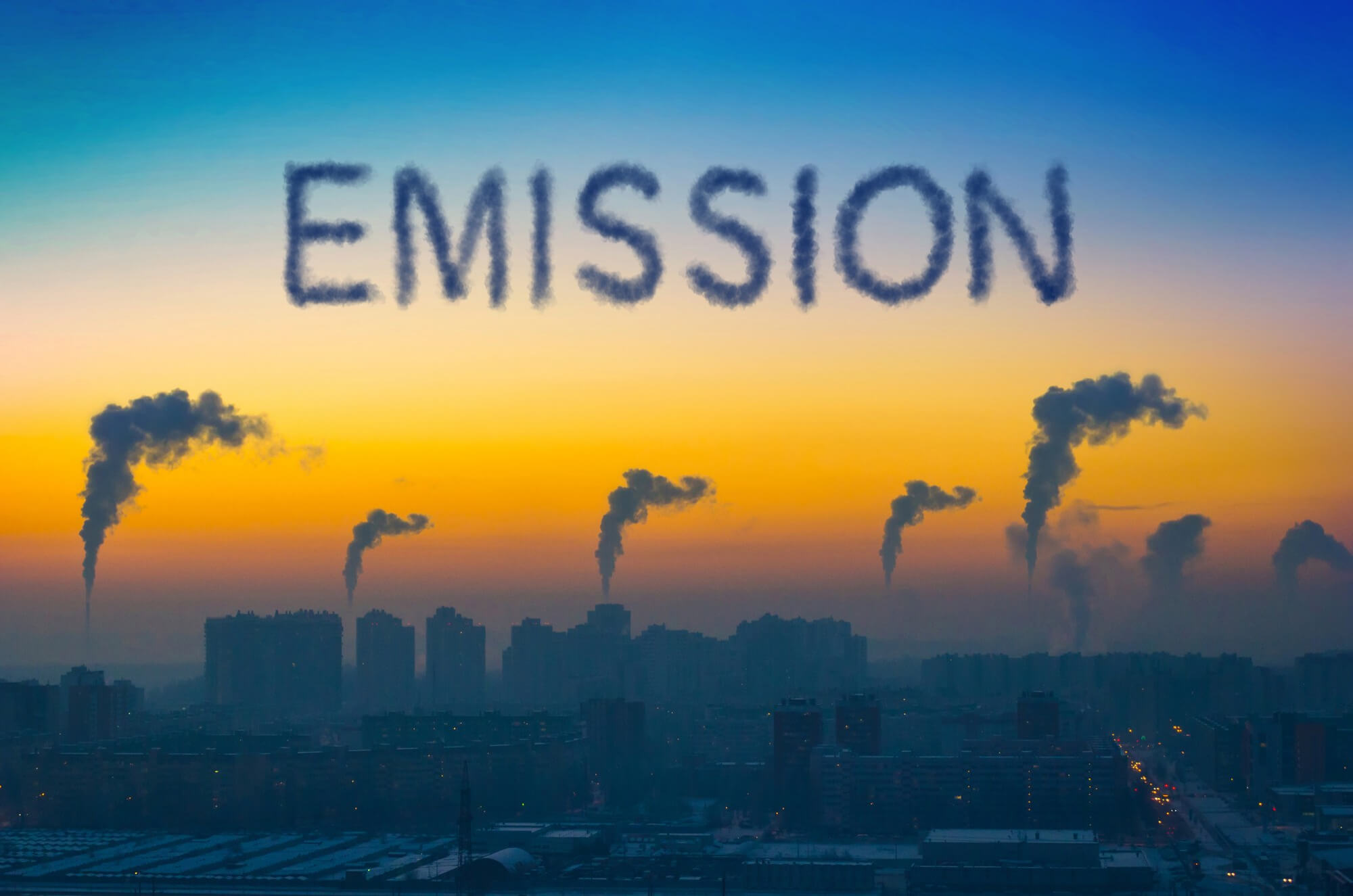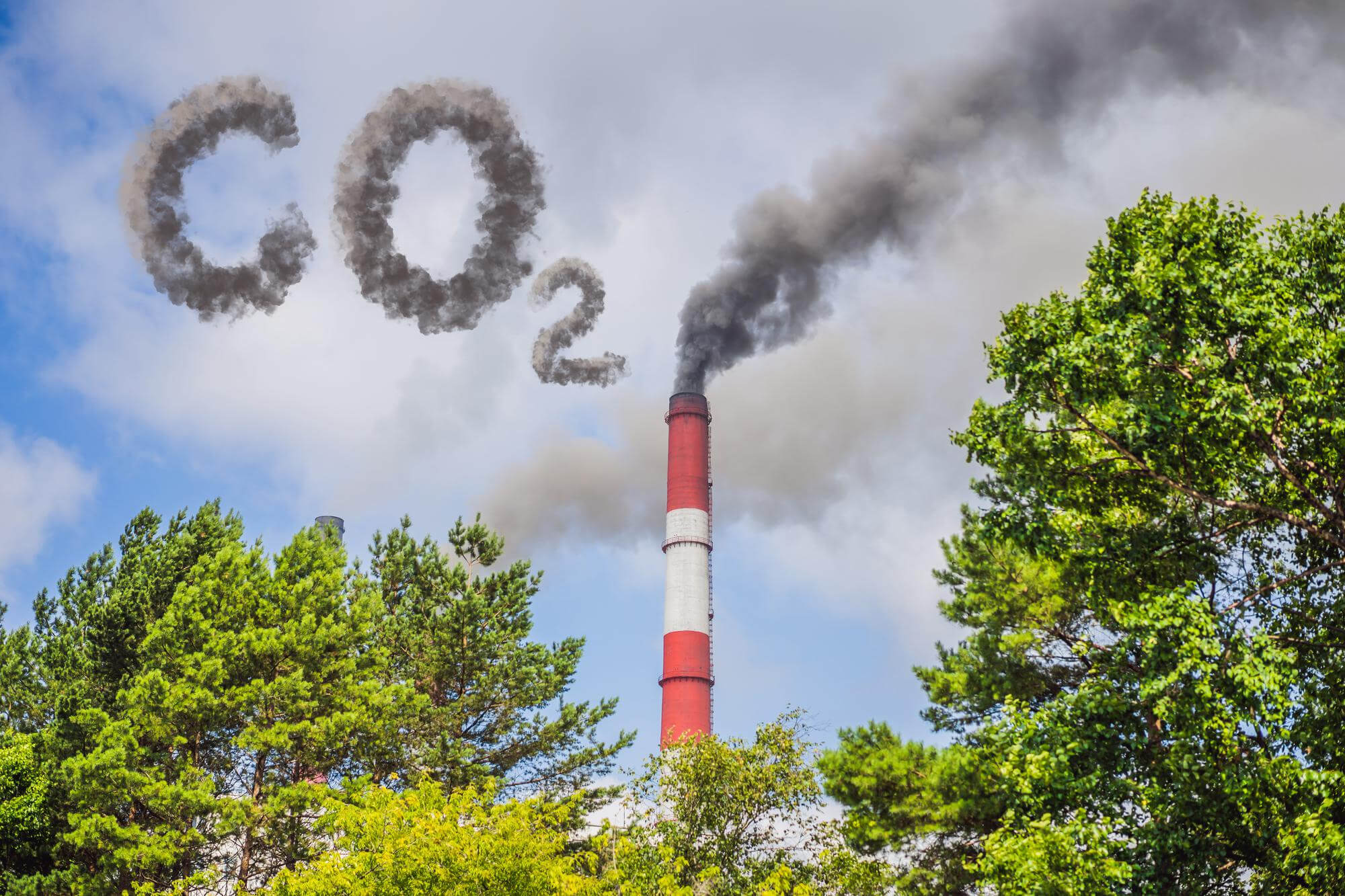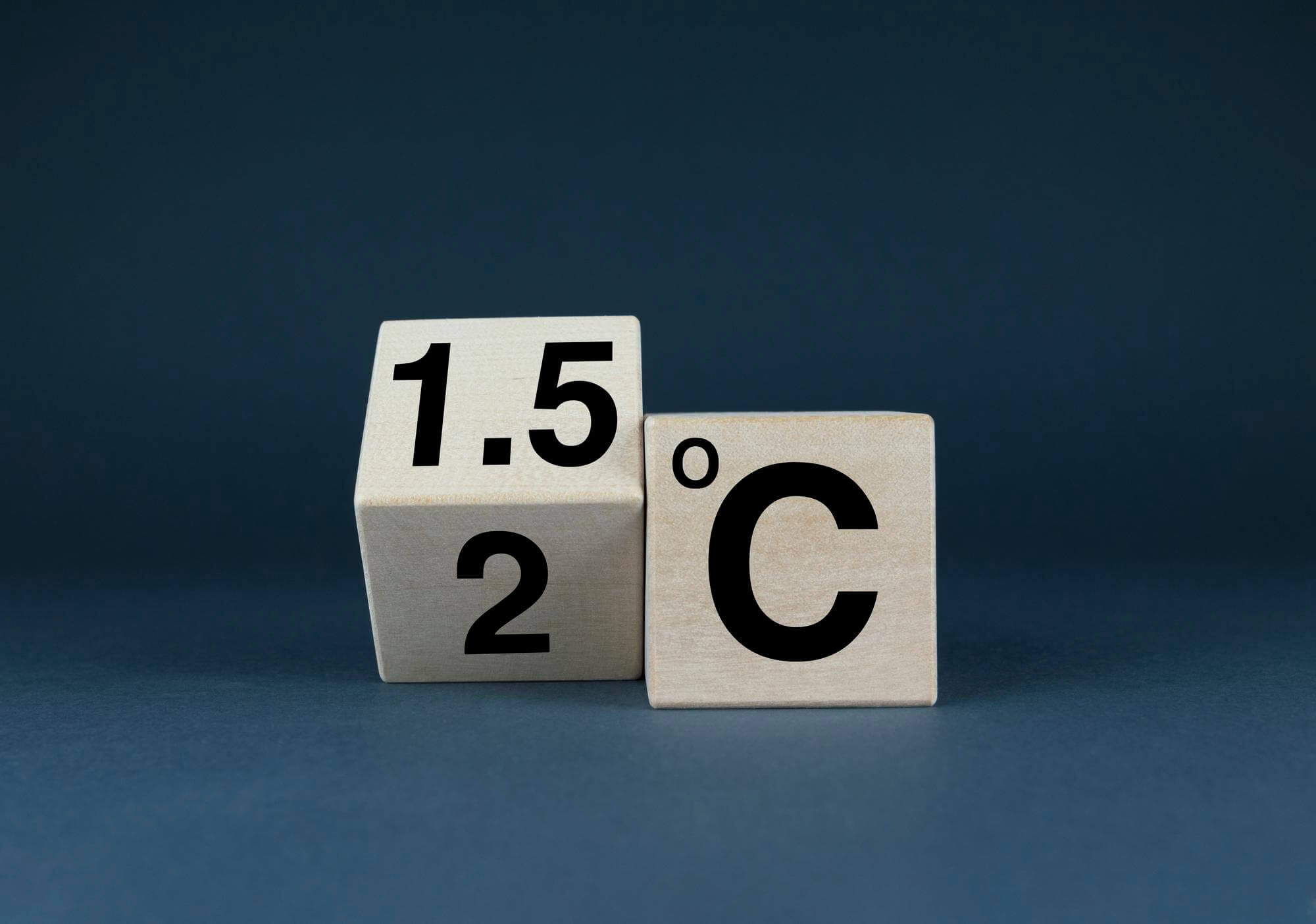-
What are Gold Standard (GS) and Verified Carbon Standard (VCS)?

Gold Standard and Verra are organizations that work to promote the development of high-quality carbon credits and offset projects. Carbon credits are a type of financial instrument that allows businesses and individuals to offset their greenhouse gas emissions by funding projects that reduce or remove carbon dioxide from the atmosphere. Both Gold Standard and Verra…
-
Cloud Computing’s Climate Impact: AI’s Role in the Rising Carbon Emissions

Artificial intelligence (AI) has been touted as the tech industry’s latest marvel, with the potential to revolutionize several trillion-dollar industries, ranging from retail to medicine. However, the development of every new chatbot and image generator requires a substantial amount of electricity, which may be responsible for a growing amount of planet-warming carbon emissions, according to…
-
What are Scope 1, 2 and 3 Emissions?

Scope 1, 2, and 3 emissions are categorizations used to describe greenhouse gas (GHG) emissions generated by an organization and its wider value chain. Associated with a company’s Corporate Carbon Footprint (CCF), Scope 1, 2, and 3 emissions are typically calculated using the GHG Protocol, a widely recognized accounting and reporting standard developed by the…
-
IEA Report Highlights Need for Continued Investment in Clean Energy Technologies to Tackle Climate Crisis

Global energy-related carbon dioxide emissions rose by under 1% in 2022, according to the International Energy Agency’s (IEA) new analysis of CO2 Emissions 2022. The new analysis, part of the IEA’s Global Energy Transitions Stocktake series, shows that solar, wind, EVs, heat pumps, and energy efficiency helped limit the impacts of increased use of coal…
-
China’s Emissions Trading System Faces Challenges as Officials Target Data Fraud and Plan Expansion

Chinese authorities have announced a crackdown on carbon data fraud in an effort to strengthen the nation’s emissions trading system ahead of its expansion, according to Bloomberg’s news. The current system, which encompasses over 2,000 major power plants and covers more emissions than any other trading system globally, has been facing challenges, including low prices,…
-
What is Corporate Carbon Footprint?

A corporate carbon footprint, also known as the Corporate Carbon Footprint (CCF), refers to the total amount of greenhouse gas emissions in tonnes of carbon dioxide equivalent (tCO2e) produced by a company’s operations both directly and indirectly, such as the use of energy, transportation, and manufacturing processes. It is defined by standards such as the…
-
Reaching the 1.5°C Target: Understanding the Industry-Specific Challenges and Opportunities

In our previous article, we discussed the critical difference between a 1.5-degree and 2-degree global temperature rise and the importance of limiting global warming to 1.5 degrees. This article picks up from where we left off and delves into the role of each industry in closing the gap in climate action across the highest-emitting sectors…
-
Investment in Low-Carbon Energy Technology Reaches New Heights, Surpassing $1 Trillion Globally

Global investment in the low-carbon energy transition reached a record of $1.1 trillion in 2022, surpassing the previous year and approaching the same level as investments in fossil fuels, according to a report from BloombergNEF (BNEF). This comes as the energy crisis and policy actions drive the faster deployment of clean energy technologies. The “Energy…
-
What is the Science-Based Targets Initiative (SBTi)?

The Science Based Targets initiative (SBTi) is a collaboration between four organizations – CDP, the United Nations Global Compact, the World Resources Institute (WRI), and the World Wildlife Fund (WWF) – that helps companies set targets for reducing their greenhouse gas emissions in line with the goals of the Paris Agreement. By providing tools and…

